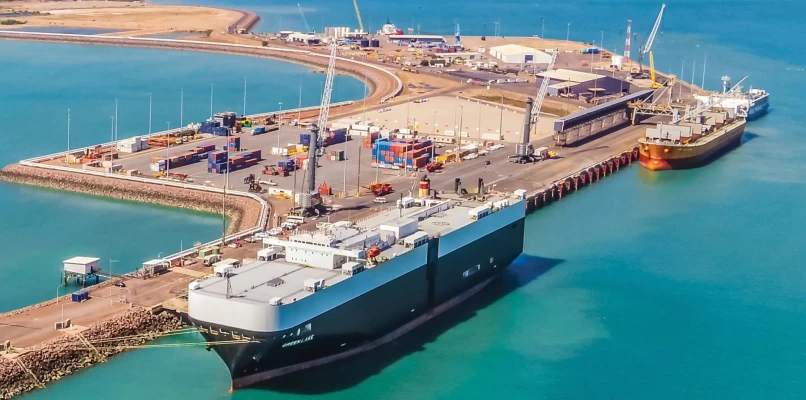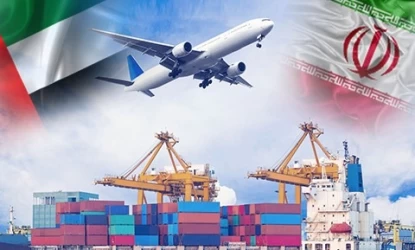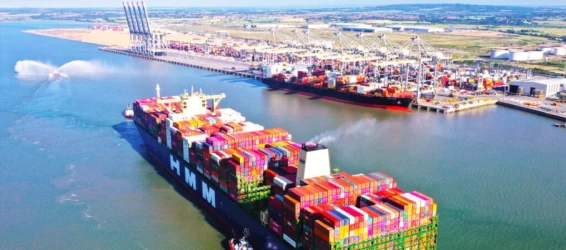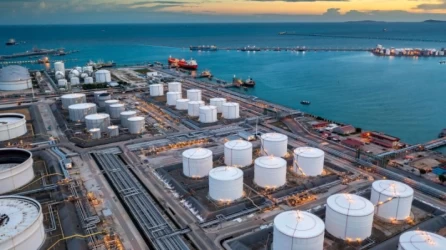Sea Freight in the Port of Darwin
The Port of Darwin, located in the Northern Territory of Australia, is a pivotal maritime hub that plays a crucial role in the region’s economy. As the northernmost port in Australia, it serves as a gateway for trade between Australia and its Asian neighbors. This article delves into the various aspects of sea freight operations at the Port of Darwin, highlighting its significance, infrastructure, and the types of cargo it handles.
Historical Background
The Port of Darwin has a rich history dating back to the early 20th century. Initially established to support the pearling industry, it has since evolved into a modern, multi-purpose port. Over the years, significant investments have been made to upgrade its facilities, making it one of the most advanced ports in the region.
Strategic Location
One of the key advantages of the Port of Darwin is its strategic location. Situated at the crossroads of major shipping routes, it provides easy access to the capital city of the Northern Territory and other Australian states. This makes it an ideal transshipment point for goods destined for both domestic and international markets.
Infrastructure and Facilities
The Port of Darwin boasts state-of-the-art infrastructure and facilities designed to handle a wide range of cargo. Key features include:
- Deep-water berths: Capable of accommodating large vessels, including container ships, bulk carriers, and tankers.
- Modern cargo handling equipment: Ensuring efficient loading and unloading of goods.
- Storage facilities: Including warehouses and open storage areas for various types of cargo.
- Logistics support: Comprehensive services such as customs clearance, quarantine, and freight forwarding.
Types of Cargo
The port handles a diverse range of cargo, reflecting the economic activities of the region. Major types of cargo include:
- Minerals and ores: Zinc and lead concentrate are among the principal exports.
- Liquefied Natural Gas (LNG): The port is a significant export point for LNG, contributing to Australia’s position as a leading LNG exporter.
- Containers: Handling a variety of goods, from consumer products to industrial equipment.
- Livestock and fodder: The port is a key player in the export of live cattle to markets in Asia and the Middle East.
Economic Impact
The Port of Darwin is a major economic driver for the Northern Territory. It supports thousands of jobs, both directly and indirectly, and contributes significantly to the region’s GDP. The port’s activities also stimulate growth in related sectors such as transportation, logistics, and manufacturing.
Environmental Considerations
In recent years, there has been a growing emphasis on sustainable port operations. The Port of Darwin has implemented several initiatives to minimize its environmental footprint. These include measures to reduce emissions, manage waste, and protect marine ecosystems.
Future Prospects
Looking ahead, the Port of Darwin is poised for further growth. Plans are in place to expand its capacity and enhance its facilities to meet the increasing demand for sea freight services. The port’s strategic location and modern infrastructure position it well to capitalize on emerging trade opportunities in the Asia-Pacific region.
Sea Freight Between the Port of Darwin and Iran
Sea freight between the Port of Darwin and Iran is a vital link in the global supply chain, facilitating the exchange of diverse goods. This route supports the export of Australian commodities such as minerals, LNG, and agricultural products to Iran, while enabling the import of Iranian goods like petrochemicals, textiles, and food products into Australia. The strategic location of the Port of Darwin, combined with its advanced infrastructure, ensures efficient handling and swift transit times, making it a key player in enhancing trade relations between the two regions. This maritime connection not only boosts economic growth but also fosters stronger bilateral ties.
Conclusion
The Port of Darwin is a vital component of Australia’s maritime infrastructure. Its strategic location, advanced facilities, and diverse cargo handling capabilities make it a key player in the global supply chain. As it continues to evolve and expand, the port will undoubtedly play an even more significant role in facilitating trade and driving economic growth in the Northern Territory and beyond.
if you have a specific question or need more details about Darwin Port, Iran's logistics experts are your answer!











